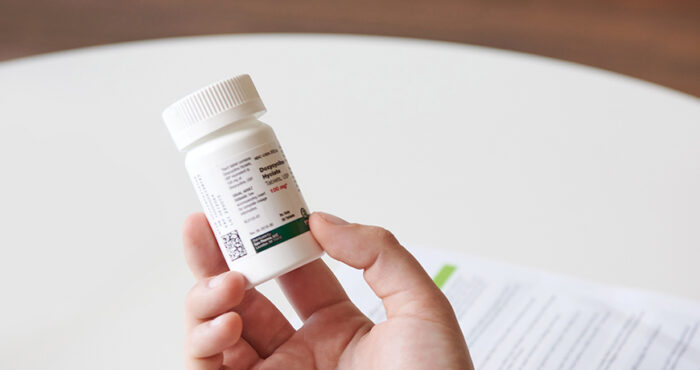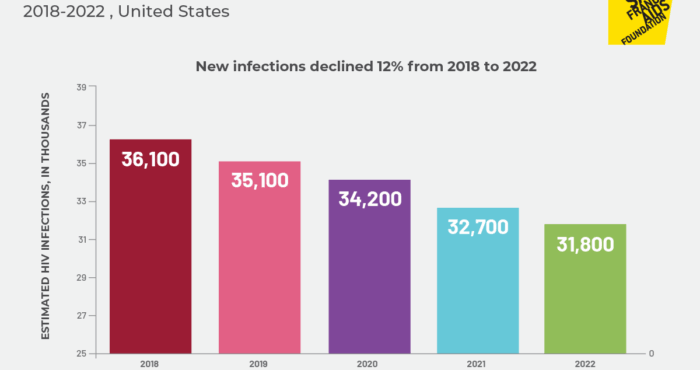No effect of cocaine and PrEP on kidneys, but adherence suffers
Men who have sex with men and trans women report higher levels of cocaine, meth and other stimulant use than other populations, and also experience higher levels of HIV. With a rise in stimulant use nationwide, researchers are focusing on the effects that these drugs may have on people who use PrEP for HIV prevention.
“Meth is still around, and cocaine is making a comeback,” said Carlo Hojilla, RN, PhD, a clinician and researcher with Kaiser Permanente and University of California, San Francisco. “It’s a big issue, and we need to know if people who use stimulants might need additional PrEP adherence support or if there may be any combined effects on health.”
Using samples collected in the iPrEx OLE PrEP study, Hojilla and colleagues examined the renal (kidney) safety of PrEP in people who used cocaine, and also looked for any association between cocaine use and issues with adherence.
A total of 400 participants were included in the analysis, 90% were men who have sex with men and 10% were trans women. 21% of hair samples collected from participants showed recent cocaine use. Of these, 52% were classified as “light” users and 48% were classified as “heavy” users.
Hair samples were used to quantify cocaine use because they have a longer window of drug detection than urine samples, and allow researchers to determine the amount of the drug that a person has used without relying on self-reported behaviors.
No kidney safety concerns
Kidney function tests did not reveal any differences between people who used cocaine and those who did not over the 72 weeks of the study. Overall, there was no statistically significant difference in creatinine clearance over time among people who tested positive for cocaine and those who tested negative.
“This is worth noting for clinicians,” said Hojilla. “There are documented effects of Truvada for PrEP on the kidneys, and cocaine is a vasoconstrictor and can cause kidney injury. It’s useful to know that these two together do not seem to be nephrotoxic or worsen renal outcomes.”
Association between cocaine use and PrEP disengagement in care
Heavy cocaine users were significantly more likely to experience issues related to engaging in PrEP care. Overall, 15% of participants did not return for follow-up appointments within four months, with heavy cocaine users experienced a three-fold higher rate of this disruption in PrEP care.
Association between cocaine use and PrEP non-adherence
In the first three months, 25% of participants had tenofovir (a PrEP drug) levels that were below the levels associated with more than 90% protection against HIV. People with cocaine levels indicating light and heavy use of the drug were significantly more likely to have tenofovir levels below this threshold (indicating that they were taking less than 4 doses/week).
Although the study was conducted with people primarily using cocaine, Hojilla said the adherence findings from this study likely can be applied to people taking PrEP who use other stimulants including meth.
“For people using cocaine or meth—say for a weekend binge, taking medications or taking PrEP may not necessarily be a key focus. For folks who use stimulants more chronically, engaging in self-care or health care may not be high on the priority list in terms of competing demands. In the broader context, there also may be issues related to lack of housing or food insecurity that also affect PrEP adherence and substance use.”
The take-away from this study, said Hojilla, is that stimulant use appears to be a barrier to optimal PrEP adherence and engagement in care. Persons who use stimulants are a priority group for PrEP delivery, and effective interventions to optimize PrEP use tailored to people who use stimulants are needed.
“It doesn’t mean that we shouldn’t be providing PrEP to these folks. But we do need interventions and ways to provide support,” he said.
Previous research, by David Goodman-Meza and colleagues, similarly found that PrEP adherence (as measured by tenofovir levels in dried blood spots) among people taking stimulants was lower than in people not taking stimulants in the first few weeks of PrEP use. Over 48 weeks, however, the PrEP adherence of participants taking stimulants rose to levels similar to those of people not taking stimulants.
“This is a nice caveat to our study,” said Hojilla. “Over time, people using stimulants became more adherent. Maybe it just takes more time to adopt PrEP into their life and daily patterns.”
—
Sources:
Hojilla, J. C. and colleagues (2019). Cocaine use and pre-exposure prophylaxis: adherence, care engagement, and kidney function. JAIDS, May 2019.
Goodman-Meza, D. and colleagues (2018). Stimulant use and condomless sex with multiple partners: effect on PrEP adherence. CROI 2018, Abstract 1031.










